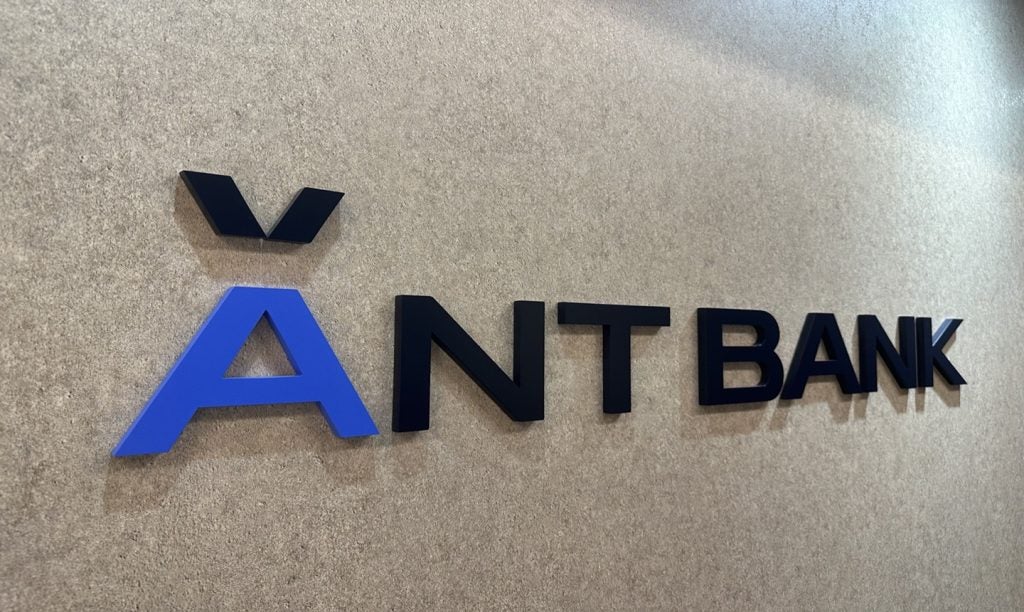A constant debate within financial services is whether the stampede of emerging fintech companies is mere hype or a true form of disruption. Are they here to help banks or to replace them? What cannot be denied is that the fintech sector has come in hot, but just how hot? Patrick Brusnahan reports
The World Fintech Report, compiled by Capgemini and LinkedIn in collaboration with Efma, surveyed over 8,000 financial services customers in 15 countries to examine ‘the most over-hyped and underestimated term the industry has seen in decades’.
Two steps forward, two steps back
According to the report, very few startups have managed to use their agility or innovation to fill holes in the customer experience left by incumbent firms.
This is despite an extremely large amount of investment, a reduction in barriers to entry, and customers’ digital expectations and wants increasing.
However, traditional firms have struggled with their overwhelming legacy infrastructures, regulatory pressure and leadership strained by the balance of short-term profitability and long-term viability.
Conversations at the upper levels are concerned with the need for customer-centricity and the importance of developing customer-centric, rather than product-centric, solutions.

US Tariffs are shifting - will you react or anticipate?
Don’t let policy changes catch you off guard. Stay proactive with real-time data and expert analysis.
By GlobalDataWhether they are actually taking and implementing this approach is debatable.
There has been a plethora of investment in the fintech area as well as multiple innovation labs, ‘hackathons’, internal fintech teams and acquisition of startups.
However, most of these investments have failed to deliver notable outcomes. Too often, innovation investments are ‘too disconnected from the business or too close to the business and handcuffed by legacy culture’.
The perfect storm
According to the report, traditional firms which were once central to all financial relationships have seen their relevance diluted by fintech firms.
This is due to complacency on the part of incumbent firms, increased customer expectations, lower barriers to entry, greater access to venture capital funding, and accelerated technology enhancements.
All these factors have allowed fintechs to grow their presence.
Giants such as Google, Amazon, Facebook, and Apple have raised the bar in what customers expect from their providers. Now customers expect that level of service in every part of their life, including their banks and financial firms.
Speed is a neccessity
Traditional firms have been slower to respond to rising customer expectations. The fast pace of technology, particularly on mobile, has made the banks look slow. In the meantime, fintech firms quickly identified the gaps in service and began filling them with compelling offerings brought on by the latest technology to deliver better value propositions. They have even enticed new customer segments.
While fintech firms have seen this window of opportunity, banks have had to face increasing regulations, inflexible legacy systems, and siloed channels, adding to operational costs.
At the same time, fintech firms do not need to worry about existing systems or cultures. Technology, such as the cloud, also saves on investment costs.
Regulators, such as the Financial Conduct Authority (FCA) in the UK, are actively encouraging fintech firms by involving them in the early stages of drafting regulations.
New regulations such as PSD2 in Europe will provide an opportunity for fintech firms to act intermediaries between banks and customers.
Regulators are increasingly seeing the importance of innovation, but not all are as quick on acting upon that.

Venture capital funding
Venture capital funding in fintech has increased to a wild degree over the last few years with worldwide investment reaching nearly $25bn in 2015.
Initial indications may suggest that this pace is slowing with fintech deal volumes dropping 11% in the second quarter of 2016 compared to the same period the previous year.
However, it is still a massive amount of investment.
One theory is that this amount of capital is only giving the fintech sector an artificial lift, masking the flaws in business models, and they may not be able to compete in the longer term.
Making their way forward
The dynamic going forward between banks and fintechs is not clear. While technology has been known to end industries, such as movie rentals, it has history with working alongside the incumbent, such as e-books with books.
Traditional firms have little option but to acknowledge that fintech firms are having an impact and have shifted the terms of customer engagement. Fintech firms provide a challenge with their ability to adapt quickly when delivering customer-focused solutions at a low cost, something that incumbent financial institutions struggle to offer.
Globally, 50.2% of customers say they use financial services from at least one non-traditional firm for banking, insurance, payments or investment management, with the percentage highest in the Asia-Pacific region, at 58.5%.







